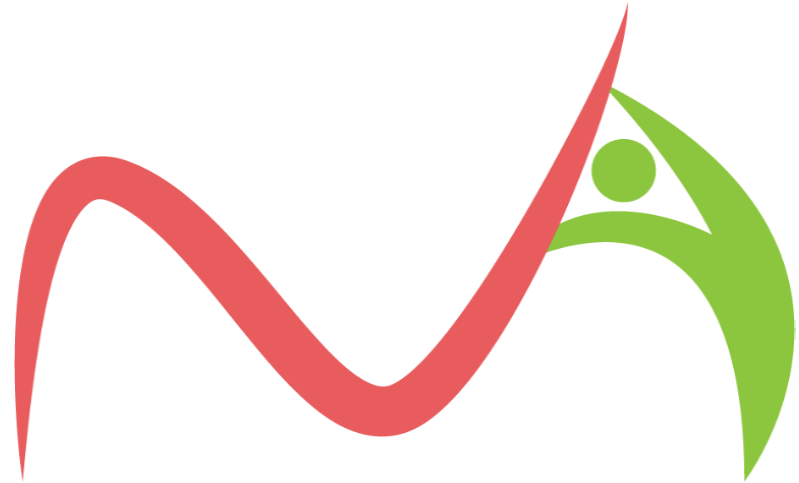Driving Cross Functional Collaborations to Success

It has been my experience that companies small or large tend to struggle with driving cross functional collaborations to success. When a project is taken on by a single team it is more likely to meet its deadline. What makes cross functional projects more difficult to manage? What steps can you take to ensure cross functional collaborations are completed successfully, and on time with little friction between participating teams?
Let's Define a Cross Functional Project:
A project is a cross functional one when people who are working on the project are assembled from different teams (departments, functions).
Sometimes people call a project cross functional when team members come from multiple teams even within the same department. So the cross functionality of a project is a spectrum. It signifies the organizational diversity of the people who are working on the project.
What makes cross functional collaborations more challenging?
- They're short-lived: A cross functional team usually gets disassembled as soon as the team is done shipping the project. Team members don't get to continue practicing working together and learning each other's styles. The next project could mean brand new team members with different personalities, and different values. One reason team specific projects are more likely to succeed is because team members know each other very well and build strong relationships and trust. The short-lived aspect of a project also comes with an ownership aspect. A sense of ownership is very clear when a project is driven by a single team because the owner is very clear. It is not as clear with a cross functional one.
- They're complex: Cross functional projects tend to be more complex to build. The project involves building components or services across different systems that need to work in cohesion. That is more complicated to design, build and test than building something that is scoped within a single system.
- The Organizational Structure: As we stated earlier, team members are assembled from different functions which have different managers, varying priorities and sometimes different mission and value statements. Imagine a cross functional team that is made up of a startup that joined the company through an acquisition a few months ago, and another group that has been with the company from the very beginning. These team members have been operating in vastly different environments and are asked re-adjust for this cross functional project.

Cross Functional Project Best Practices:
Align on Why:
Everyone on the team must be on the same page when it comes to why the team is taking on this project. Why is this project a priority right now? How is this project aligned with companies goals? What are the benefits to the company when the project is complete?
Don't forget to get everyone on the same page when it comes to the cost and risk associated with the project as well.
Align On Objectives:
It is very important to make sure the team agrees on goals as well as non-goals. What will this project accomplish? The team might need to do some work to even figure out project goals. Be sure to state the outstanding questions that must be answered in order to identify project objectives. An equally important part is aligning on what the non-goals are; what this project is not replacing, not changing, and not implementing, and why.
Clarify Roles and Responsibilities with RACI Framework:
First, a cross functional projects needs an executive sponsor. As its name indicates, an executive sponsor is someone who is a senior manager or senior engineer who can pull the right strings to get the team unblocked when they run into blockers.
Accountability needs to be established. Without establishing who is accountable you can be sure no one will be, and a cross functional project is very likely to struggle as a result. To clarify accountability and ensure timely decisions you can adopt a framework such as RACI to clarify roles and responsibilities. RACI stands for (Responsible, Accountable, Consulted, Informed)
Responsible: Who is actually doing the task? There can be multiple people assigned to a responsible role.
Accountable: Who is ultimately responsible for the outcome of this project? There can only be a single person who is accountable and this person also has the decision-making power.
Consulted: People who can tell the group more about a particular system/task. A subject matter expert who can advise the team.
Informed: People who will be updated on the progress. Usually stakeholders who will be impacted by the outcome of the project and need to be kept informed.
Project Plan With Timeline
This step is not specific to cross functional collaborations but developing a plan with time-boxed concrete steps which will accomplish project objectives is critical. Starting with your deadline, walk back and identify which tasks need to be completed by whom. This is a good way to create a solid timeline.
Be sure to share the plan with everyone on the team. Make sure all outstanding questions are answered and everyone feels comfortable with the plan.
Execution and Check-Ins
Establishing a good check-in cadence will ensure that team members are tracking against their goals, correcting course and informing others when the project is off course. This is critical to making cross functional collaborations successful.
Decide and share how often a team will meet to review project progress as a team. Hold these working team meetings at an agreed cadence to review project progress, discuss important topics and ask/answer questions.
In addition to regular team meetings, it is important for the person who is accountable for the outcome of this project to meet with individual contributors. They should meet on a 1:1 basis to understand what is working well, and what can be improved.
Finishing Up The Project:
There a few steps you should take as you are closing down this project. Communicating the project results with stakeholders is one. You also need to make sure that the team organizes project documents and results in a way that can be used by others in the future. Hold retrospective meetings as a team to discuss what worked well and what could be improved. Share these findings with the right people.
Be sure to finalize all objectives and key results. Make sure the team achieved its goals and the metrics are where they need to be. Summarize and communicate what the team accomplished with people for whom this information is helpful, important and motivating. Communication should be tailored based on the audience to increase its impact.
Evaluate how the project went. Invite team members who participated in this cross functional project and get their feedback on what worked well and what didn't. There are many tools and methods for holding project retrospectives but here are few key retrospective questions to ask before assigning follow-up action items:
- What went well with our project? / What should the team continue doing?
- What should be improved? / What can we do better next time?
- What should the team stop doing?
Cross functional collaborations require a team of people from different disciplines, teams and sometimes departments to come together and take on a complex project that aligns them on a common goal. Cross functional projects can deliver impactful results for the company if the cross functional team learns to function like one team with a common goal.



